Eating Naranjilla – Learn How To Use Naranjilla Fruit
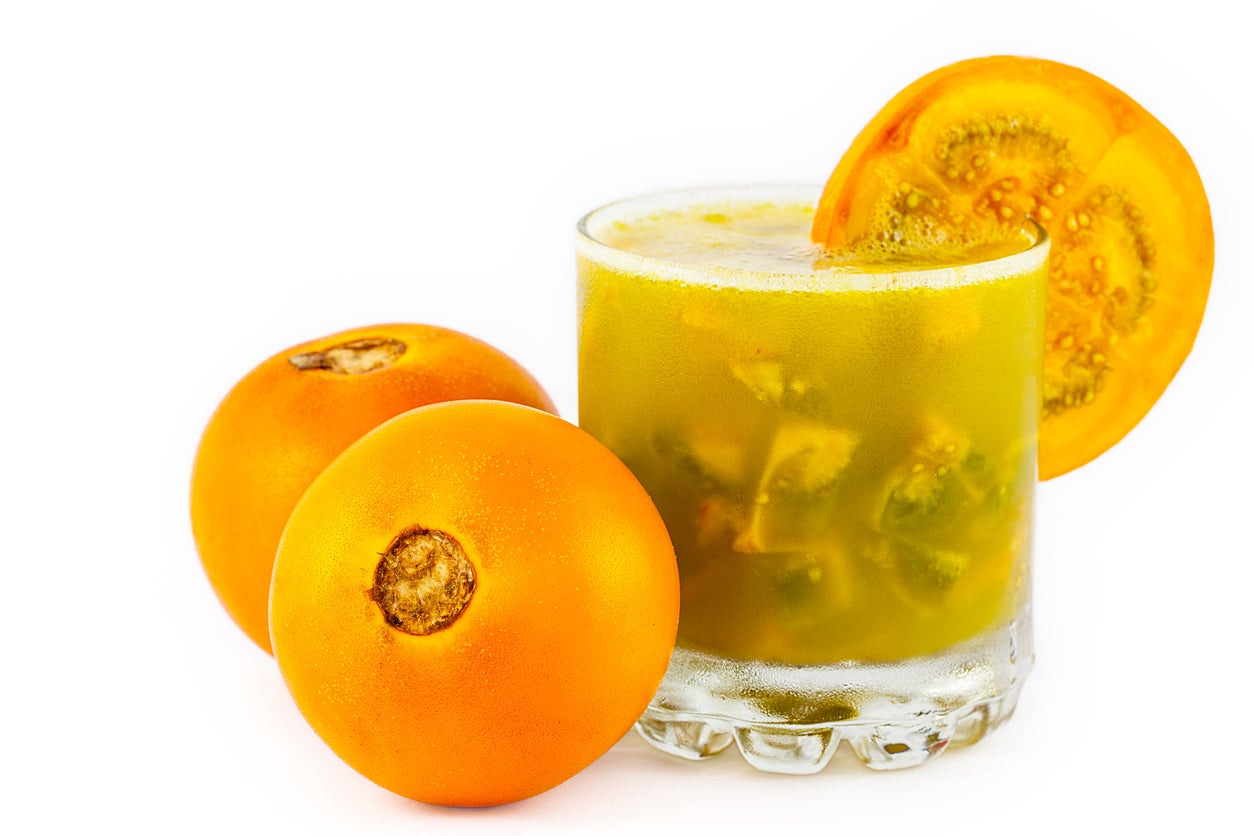
Relatively unknown to most people, the naranjilla is indigenous to higher elevations in the South American countries of Colombia, Ecuador, Peru, and Venezuela. If visiting these countries, it is highly recommended that you try eating naranjilla. Each culture has a different way of using naranjilla fruit; all are delicious. How do the locals use naranjilla? Read on to find out about naranjilla fruit uses.
Information About Using Naranjilla
If you are fluent in Spanish, then you recognize that ‘naranjilla’ means little orange. This nomenclature is somewhat flawed, however, in that naranjilla is not related in any way to citrus. Instead, naranjilla (Solanum quitoense) is related to the eggplant and tomato; in fact, the fruit looks very similar to a tomatillo on the inside.
The outside of the fruit is covered with sticky hairs. As the fruit ripens, it turns from a bright green to orange. Once the fruit is orange, it is ripe and ready to pick. Ripe naranjilla’s little hairs are rubbed off and the fruit is washed and then it is ready to eat.
How to Use Naranjilla
The fruit can be eaten fresh but the skin is a bit tough, so many people simply cut it in half and then squeeze the juice into their mouths and discard the rest. The flavor is intense, tangy, and citrusy rather like a combination of a lemon and pineapple.
With its flavor profile, it’s no wonder that the most popular way of eating naranjilla is to juice it. It makes excellent juice. To make juice, the hairs are rubbed off and the fruit washed. The fruit is then cut in half and the pulp squeezed into a blender. The resulting green juice is then strained, sweetened, and served over ice. Naranjilla juice is also produced commercially and then canned or frozen.
Other naranjilla fruit uses include the making of sherbet, a combination of corn syrup, sugar, water, lime juice, and naranjilla juice that is partially frozen and then beaten to a froth and refrozen.
Naranjilla pulp, including seeds, is also added to ice cream mix or made into a sauce, baked into pie, or used in other desserts. The shells are stuffed with a combination of banana and other ingredients and then baked.
Gardening tips, videos, info and more delivered right to your inbox!
Sign up for the Gardening Know How newsletter today and receive a free copy of our e-book "How to Grow Delicious Tomatoes".

Amy Grant has been gardening for 30 years and writing for 15. A professional chef and caterer, Amy's area of expertise is culinary gardening.
-
 8 Perfect Flowers To Plant With Tomatoes To Boost Yields & Banish Pests
8 Perfect Flowers To Plant With Tomatoes To Boost Yields & Banish PestsDon’t forget flowers when choosing companion plants for your tomato beds or pots. These pretty, fragrant blooms add beauty but are also highly beneficial.
By Mary Ellen Ellis
-
 Want The Longest Lasting Hydrangea Flowers? Grow These 8 Panicle Hydrangea Varieties
Want The Longest Lasting Hydrangea Flowers? Grow These 8 Panicle Hydrangea VarietiesFor ornamental shrubs that deliver the longest flowering seasons with plush blooms and delicate hues, these panicle hydrangea varieties are essential in your yard
By Tonya Barnett
-
 Naranjilla Pest Problems: What Are Common Naranjilla Pests
Naranjilla Pest Problems: What Are Common Naranjilla PestsThe naranjilla plant is a tough little tree, but it occasionally gets attacked by naranjilla pests, notably the root knot nematode. For information about naranjilla pest problems, including a list of bugs that eat naranjilla, this article can help.
By Teo Spengler
-
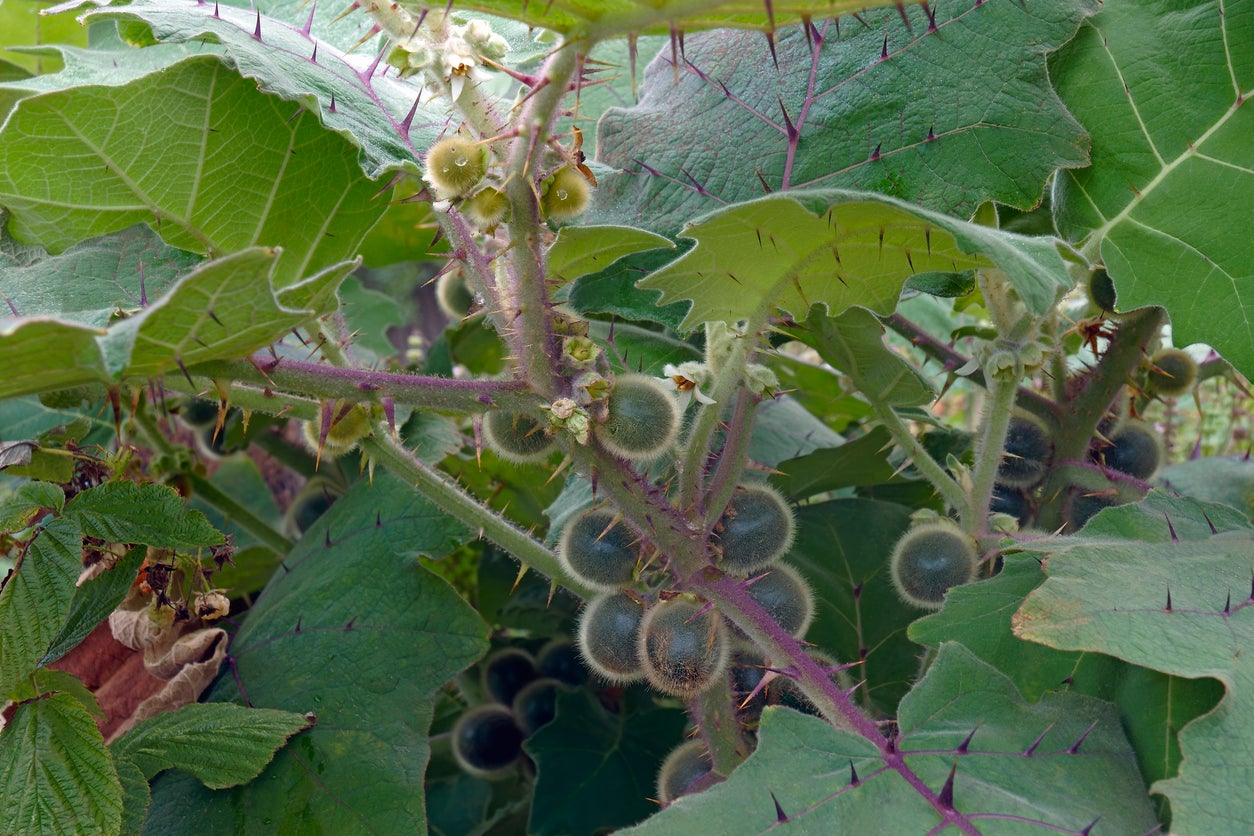 Naranjilla Propagation: Tips For Growing New Naranjilla Trees
Naranjilla Propagation: Tips For Growing New Naranjilla TreesA common name of “little orange” might lead one to think naranjilla is a citrus, but it is not. However, the taste is similar to a tart pineapple or lemon. If you want to grow this unusual specimen or have one and wish for more, learn how to propagate naranjilla here.
By Becca Badgett
-
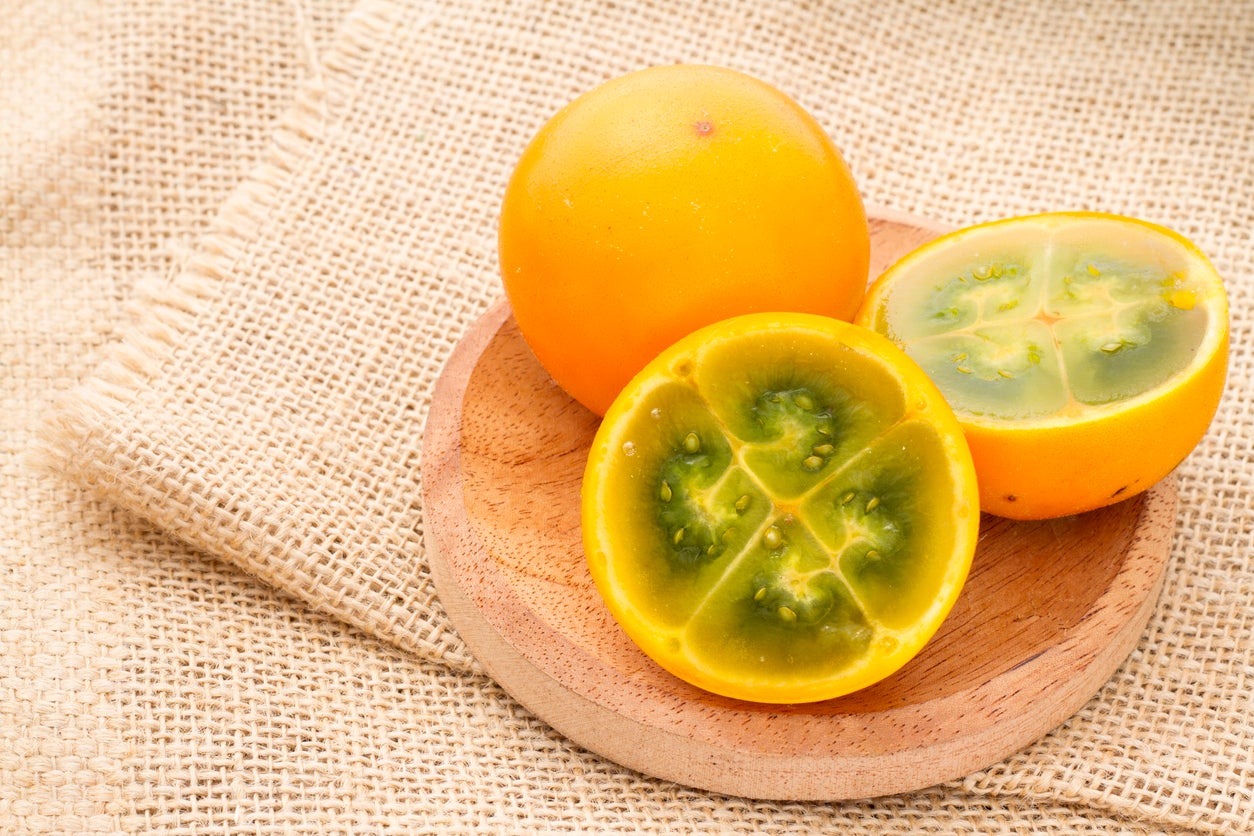 Picking Naranjilla Fruits: Tips For Harvesting Naranjilla
Picking Naranjilla Fruits: Tips For Harvesting NaranjillaNaranjilla fruit tends to be flavorless and unpleasant when unripe. However, it can be tangy and delicious if naranjilla harvest occurs at the optimum point of ripeness. So, how to you know when to harvest naranjilla? Learn more about harvesting this interesting fruit here.
By Mary H. Dyer
-
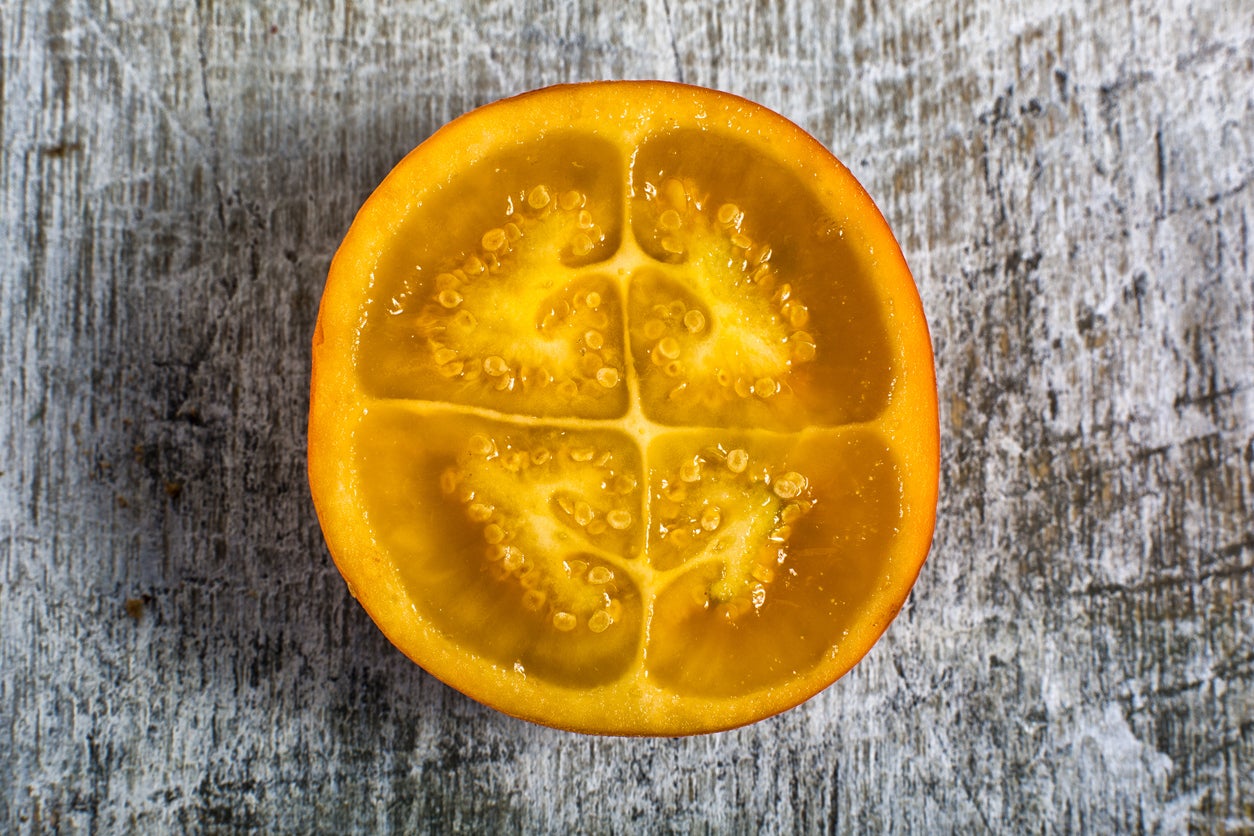 Naranjilla Seed Propagation – Learn How To Grow Naranjilla From Seed
Naranjilla Seed Propagation – Learn How To Grow Naranjilla From SeedIt’s a lot of fun to bring naranjilla into your garden, and inexpensive too, since you can easily grow naranjilla from seed. Click this article for information about naranjilla seed germination as well as tips for propagating naranjilla seeds.
By Teo Spengler
-
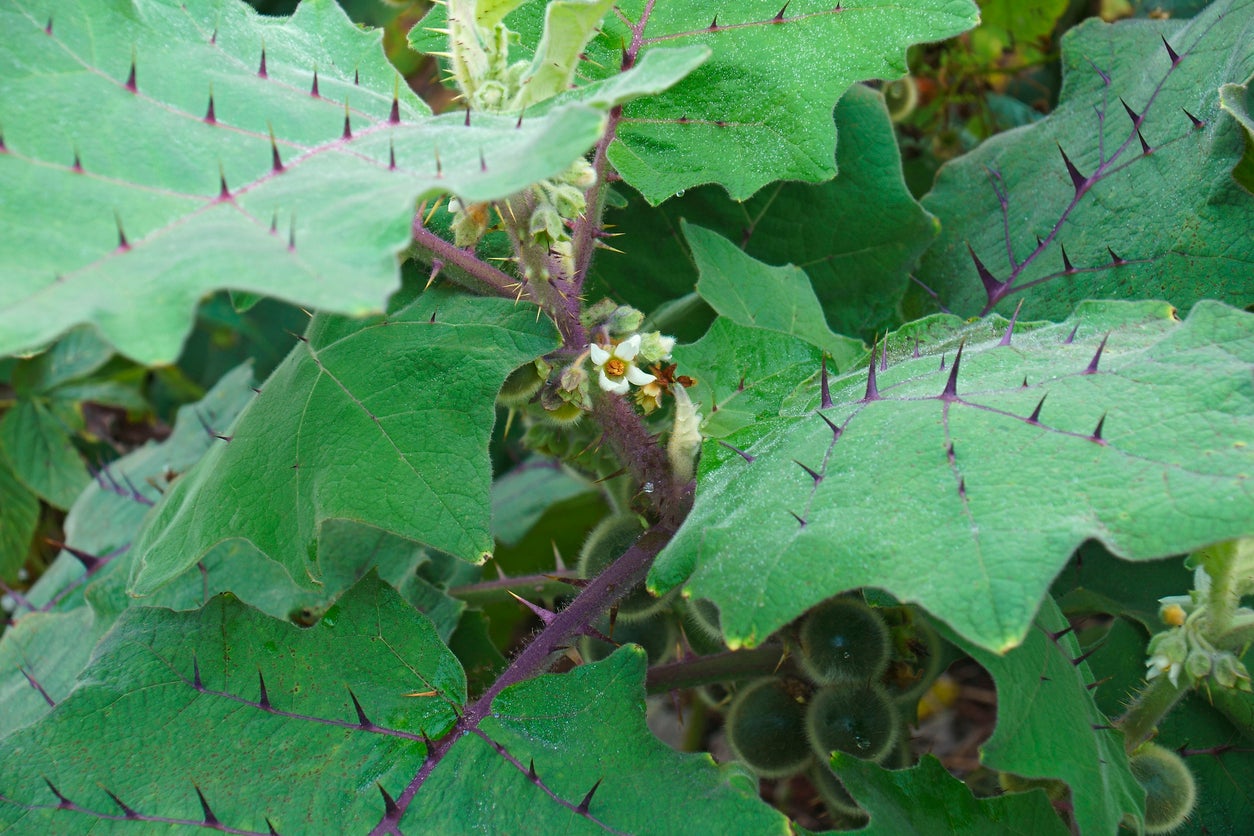 Naranjilla Layering Info: Learn How To Layer Naranjilla Trees
Naranjilla Layering Info: Learn How To Layer Naranjilla TreesInterested in learning how to layer naranjilla? Air layering, which involves rooting a naranjilla branch while it’s still attached to the parent plant, is surprisingly easy. Click on the following article to learn about naranjilla air layering propagation.
By Mary H. Dyer
-
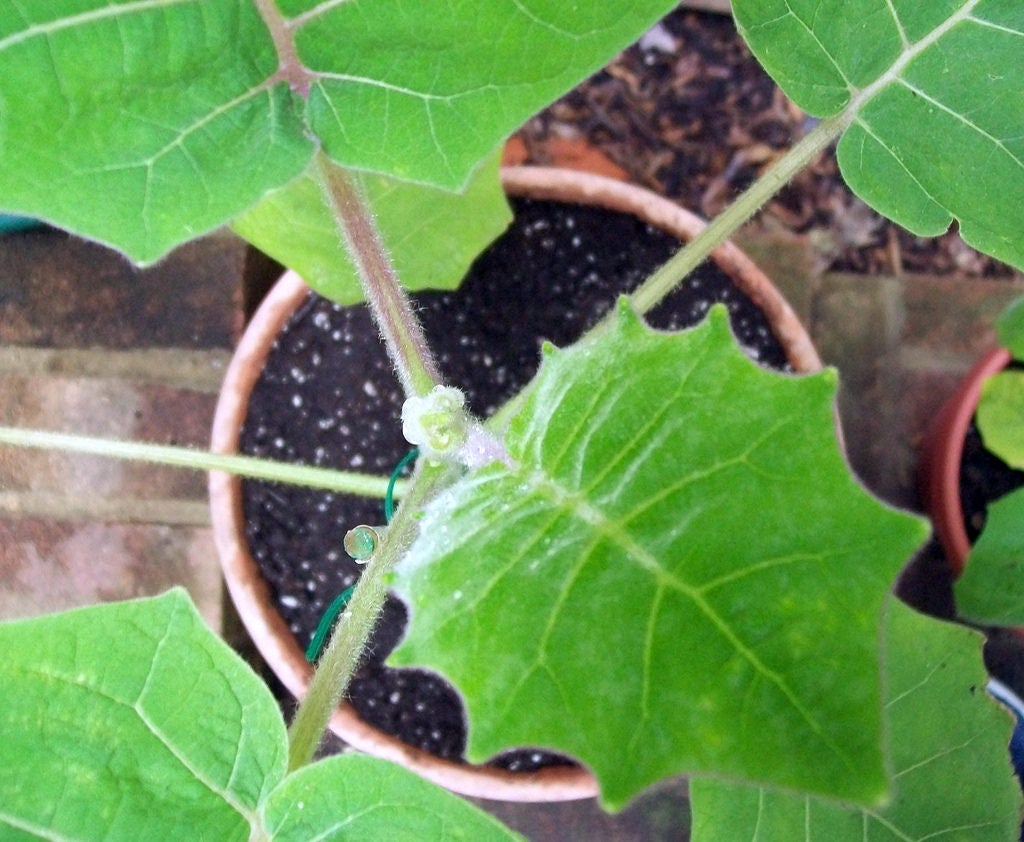 Growing Naranjilla From Cuttings – How To Root Naranjilla Cuttings
Growing Naranjilla From Cuttings – How To Root Naranjilla CuttingsCan you grow naranjilla from cuttings? Yes, you sure can, and it’s not all that difficult. Click on the following article to learn about naranjilla cutting propagation and growing naranjilla from cuttings.
By Mary H. Dyer
-
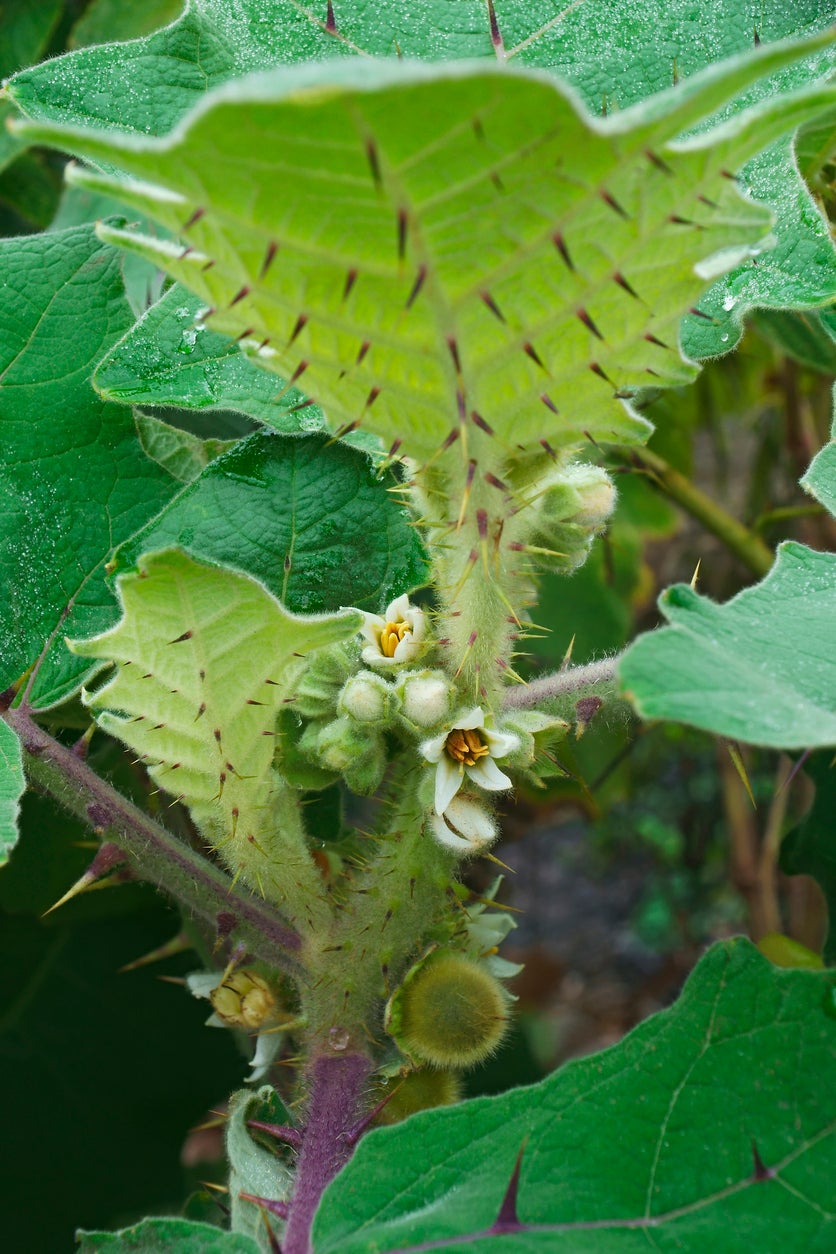 Kinds Of Naranjilla Fruit: Are There Different Varieties Of Naranjilla
Kinds Of Naranjilla Fruit: Are There Different Varieties Of NaranjillaThere are three naranjilla varieties: spineless types of naranjilla cultivated in Ecuador, spined varieties of naranjilla grown primarily in Colombia and another type called baquicha. The following article discusses the three different naranjilla varieties.
By Amy Grant
-
 Naranjilla Disease Problems: How To Treat Sick Naranjilla Trees
Naranjilla Disease Problems: How To Treat Sick Naranjilla TreesNaranjilla is a fun subtropical shrub to grow in the home garden. But, if your shrub is showing signs of disease, it could die. Know the common diseases of naranjilla and how to handle them. This article will help get you started.
By Mary Ellen Ellis